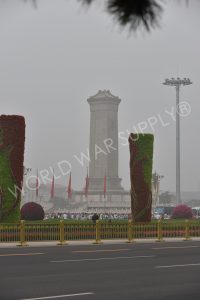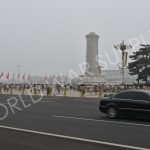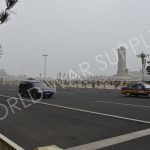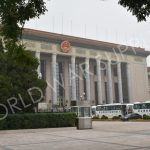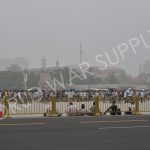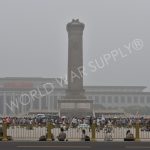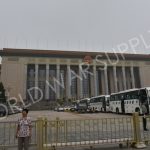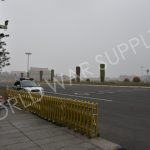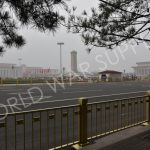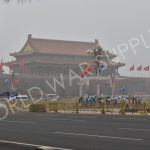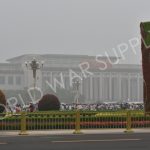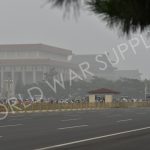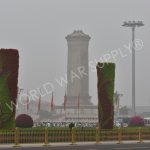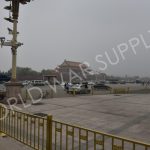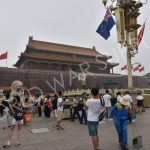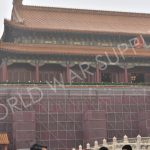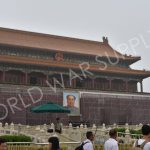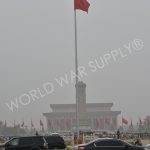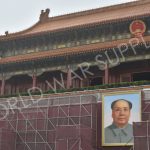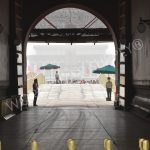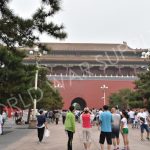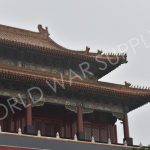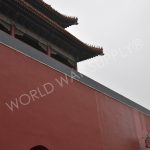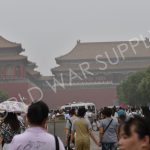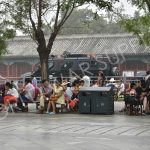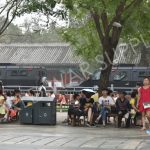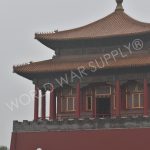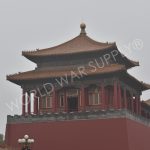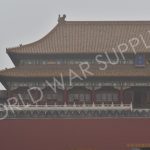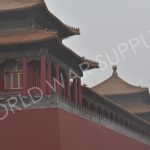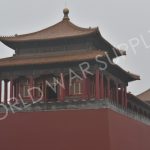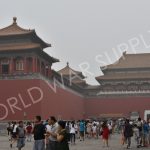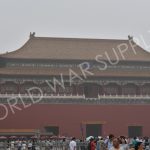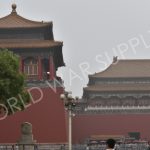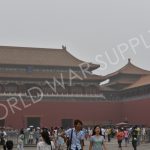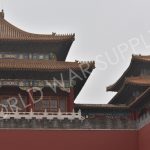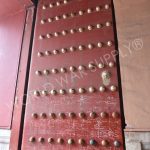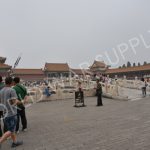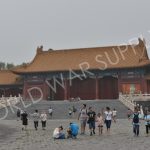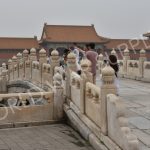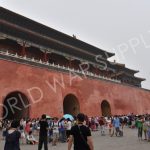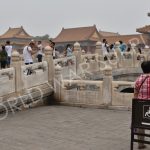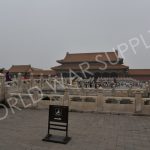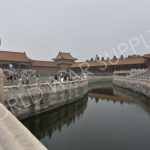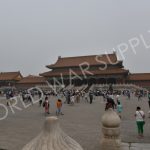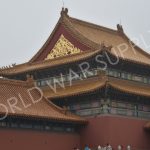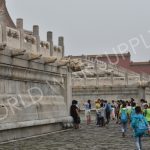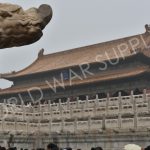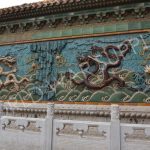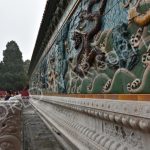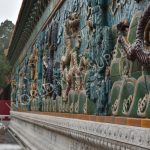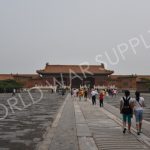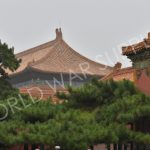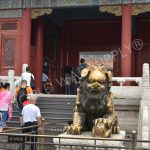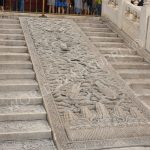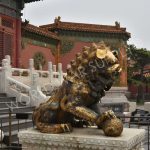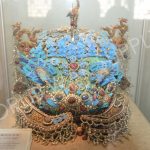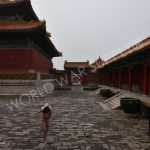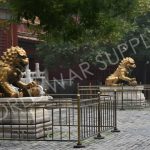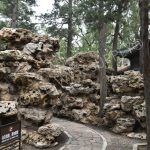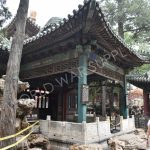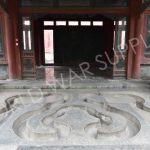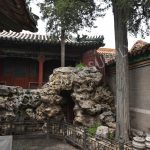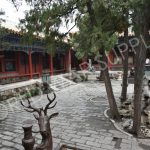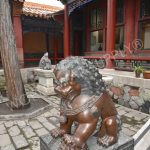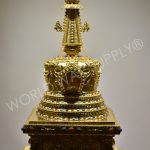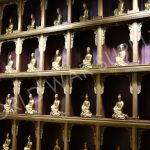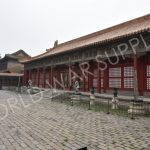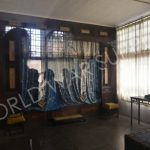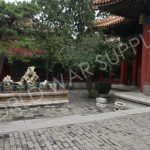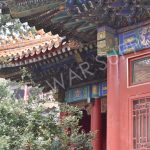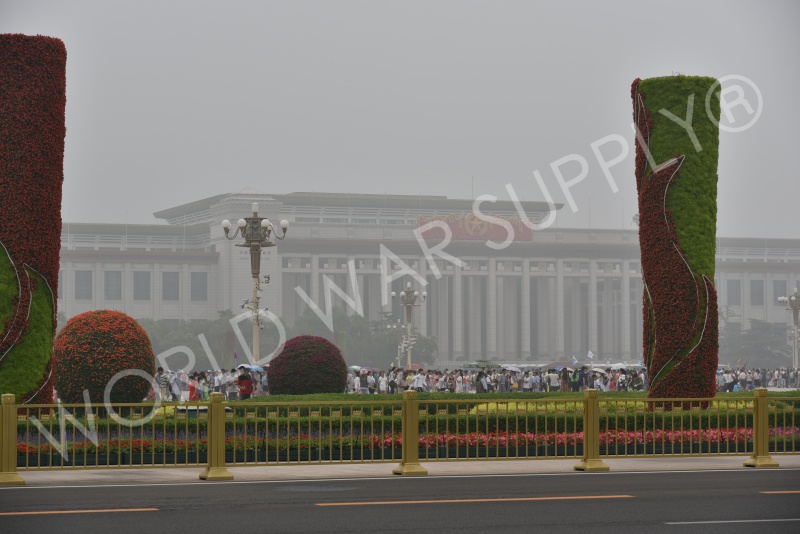
26 Jul Tiananmen Square
History
BEIJING, CHINA- One of the largest and best-known city squares in the world, Tiananmen Square is hands down the focal point of Beijing. The square is named after its northern gate or Gate of Heavenly Peace, which separates it from the Forbidden City. Within the center, it contains monuments to the hero’s of the revolution, The Great Hall of the People, The National Museum of China, and Chairman Mao Zedong Memorial Hall (complete with his embalmed body).
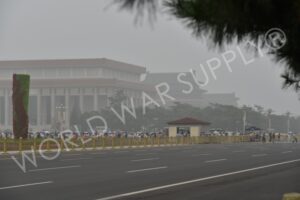
In October of 1949, Mao Zedong, a Chinese communist “revolutionary”, created the People’s Republic of China and governed as “Chairman” (dictator) of the Communist Party of China until his death in 1976.
However, Tiananmen Square is most infamously known for the student lead pro-democracy protests held there in 1989 (more commonly known as the Tiananmen Square Massacre). On June 4th, 1989 students lead peaceful protests to reveal splits within China’s political leadership of the time. Later that day, extremist leaders ordered the military to enforce martial law and the protests were forcibly suppressed. Soldiers attacked unarmed citizens with assault rifles, tanks, and tear gas. Protesters who tried to stop the advancements were killed; the death toll has been estimated to be anywhere between hundreds and thousands. To this day, the Chinese government has banned any discussion or remembrance of the event.
Our Experience
Without a doubt, Tiananmen Square is by far the most government-controlled section in the immediate Beijing area. While driving to the square, our tour guide gave us a quick rundown of the history behind Tiananmen. Of course, knowing already that China is one of the most repressive regimes to this day, we figured he wouldn’t mention anything negative about the government or the square. To our surprise, he began to tell us about Chairman Mao and his oppressive rule, including the restrictions on people’s clothing (only two styles and colors were allowed to be worn), the color red (the color of capitalism) was banned throughout the country for citizens to wear, and the do’s and don’ts of living. The underlying frustration during this history lesson was extremely evident, but was he going to bring up the massacre? The protests of the young generation, which was seen and heard all around the world? He finally went into the historically significant events that have happened in the square, including the student-led protests. Here is the reader’s digest of that portion of the “history lesson”: “In 1989 students at the local universities in Beijing held violent protests in the square, which killed several military personnel. The day is now very somber in China as we remember the military men that were killed during that time.” Imagine our surprise when the entire story is the exact opposite of what really happened in Tiananmen. This is what the Chinese government is telling their people happened that day in the square. Our guide was 10 years old when the massacre happened, still living in Beijing, but had absolutely no idea what really occurred.
Shocked? Well, not only does the government still control the media, but they also control what you say publicly by enlisting undercover police and military in large tourist areas, like Tiananmen. They listen to your conversations, monitor what is being said and what history is being told to tourist (whether foreign or domestic). There are barracks 2 min away from the square equipped with armed weapons, tanks, and gas to defuse a situation at any time. Along with the large level of security, there are 3 checkpoints (pat downs, metal detectors, and bag inspections) before entering the square, where police and armed military guards stand every 10 ft. The heavy security is explained to the people as “protection from foreign terrorists”, yet every time we went through security, our bags, and our pockets were untouched…
With all of this being said, Tiananmen Square is truly a piece of history that must simply be seen. If the people of China are unable to remember or commemorate what happened there, we as tourists will know and can remember those who were fighting for democracy those years ago.
Travelers Note:
We recommend everyone to hire a tour guide for not only Tiananmen Square, but for The Forbidden City, and the Temple of Heaven as well. This is a highly congested area, with a lot of security. Foreigners can easily get lost in loo of all of this, so do yourself a favor and make it easier to see. The guides can quickly maneuver you through the traffic of people, tourist, and security, to get you in and out of there efficiently. Lastly, with all of the information that we know about the history of the square, it is also suggested that tourist keep this information “confidential”.
Location & Hours
Address: West Changan Street, Dongcheng District, Beijing 100006, China
Hours: 5am-10pm (Tuesday-Sunday)
Written By: Johanna


